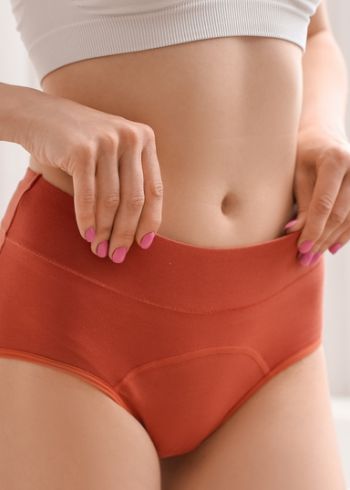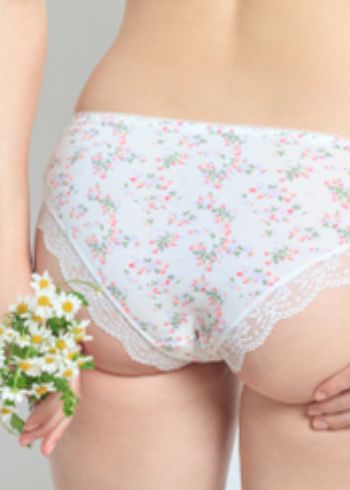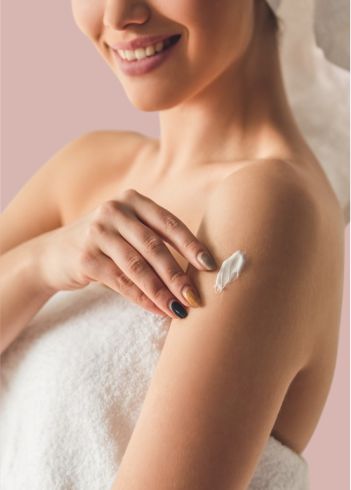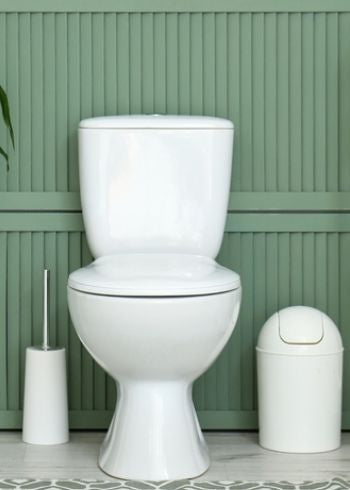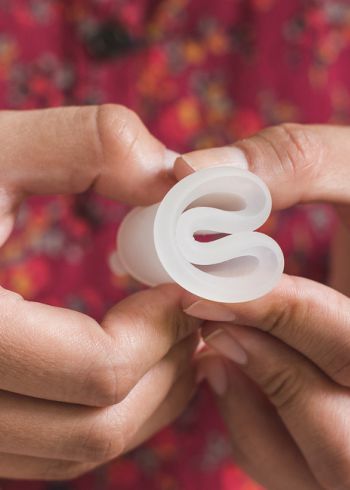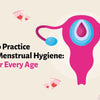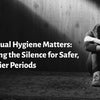Menstruation in Space: How Astronauts Manage Their Periods
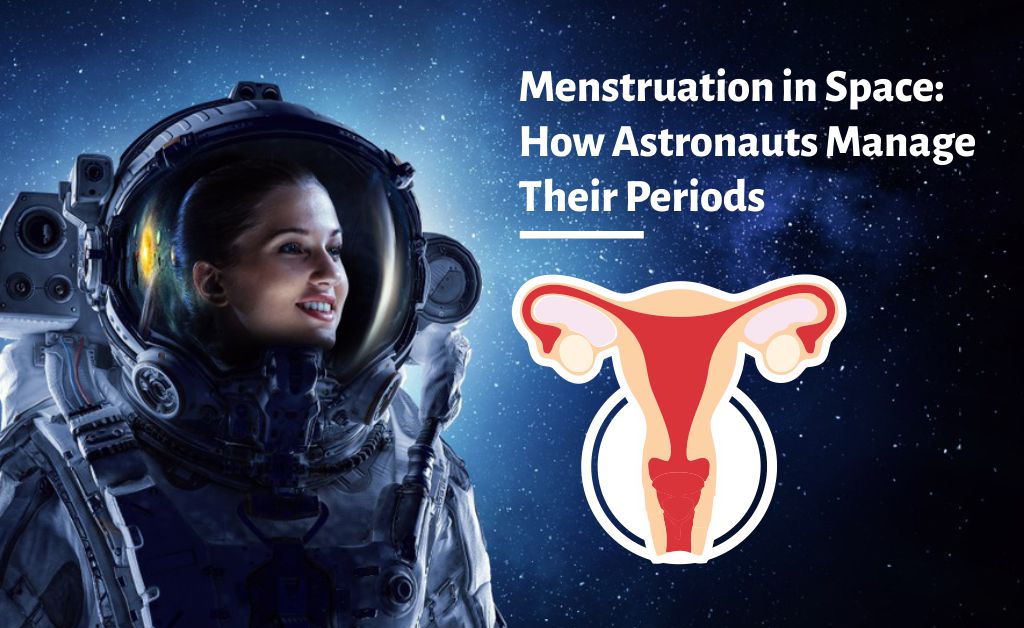
Menstruation in Space: How Astronauts Manage Their Periods
Menstruation might come as the last thing when someone thinks of space, while imagining astronauts floating in zero gravity. However, as per the advancements in participation of women in IT, Marketing, and other sectors, there has also been a significant increase in the women joining space missions. And with it comes the thought of managing menstrual cycles in space for an astronaut, and maintaining their health and hygiene during menstruation. Ever wondered how do astronauts handle their periods in microgravity? What challenges do they face, and what solutions exist?
Well, in this blog post we will delve deep in to explore the fascinating world of menstruation in space, what challenges arise during menstruation, existing and potential solution for it, and more.
The Early Days for Women in Space & Tackling Menstruation
For decades, a space mission was predominantly carried out by male counterparts. Going on a space mission was just a male endeavour until 1983 when Sally Ride became the first American woman to travel to space. Before her mission, NASA engineers famously asked if she needed 100 tampons for a week-long trip, showcasing how little they knew about menstruation. This moment highlighted a significant knowledge gap in space medicine and needed immediate attention to menstruation care at space missions.

When the female astronauts first started flying, there was no definite knowledge on how menstruation would work and a lot of ambiguity surrounded with regards to functioning of menstruation cycle in zero gravity. Questions aroused, like - Would the absence of gravity prevent menstrual blood from flowing out properly? Would there be an increased risk of toxic shock syndrome?
But fortunately, studies have shown that the human body adapts well, and menstruation occurs normally in microgravity as well.
Challenges of Menstruation in Space
Menstruation is a natural process that every woman undergoes in their lifetime. But managing menstruation on earth with easy access to water, menstruation products, and comfortable atmosphere is much easier than managing it in space.
· Limited Hygiene Facilities: We all know each water droplet is so precious and scarce on International Space Station (ISS), and traditional washing methods are not feasible in space to ensure optimum hygiene.
· Waste Disposal: Used sanitary products must be stored and transported back to Earth or incinerated onboard.
· Microgravity Issues: It has been seen that fluids behave differently in space, but research has confirmed that the menstrual flow works in the same manner in space as it does on earth.
· Confinement & Long Missions: Astronauts go on a space mission which may be for a few weeks or for a few months, which makes the long-term menstrual management necessary given the space confinement.
· Medical Risks: Sometimes the space missions are unexpected, and may need an extension period which may increase the need for reliable menstrual suppression methods to prevent further undue complications.
How Astronauts Manage Periods in Space
Managing periods in a confined area with limited water and other resources is indeed a task, but there’s nothing that women can’t do, and even menstruation in space can’t stop women! Here are the methods that female astronauts adopt to manage menstruation in space:
1. Menstrual Suppression with Birth Control: As per their wish, many female astronauts choose to suppress their periods entirely using hormonal contraceptives. The two most common approach for this is:
· Combined Oral Contraceptive Pills (OCPs): Astronauts continuously take active birth control pills, skipping the placebo week to avoid menstruation during their space mission tenure.
· Long-Acting Reversible Contraceptives (LARCs): Options like intrauterine devices (IUDs) and hormonal implants can prevent periods for months or years.
NASA supports menstrual suppression because it reduces waste, eliminates hygiene concerns, and minimizes potential health risks associated with menstruation in space for female astronauts.
2. Tampons and Pads: If a female astronaut chose to menstruate naturally during her space mission, she may bring along with her a supply of tampons or pads. These products are packed and stored carefully, with used products disposed of in the spacecraft's waste system. This requires careful planning due to space limitations.
3. Menstrual Cups: Menstrual products like menstrual cups have also been considered for use in space due to their reusability and minimal waste production. These reusable cups can hold menstrual fluid for up to 12 hours, reducing the need for frequent changes. While space missions currently prioritize disposable hygiene products due to water limitations, future advancements in water recycling systems may make menstrual cups like GynoCup a preferred choice for astronauts.

Future Solutions: Menstrual Management for Long-Term Space Missions
With females excelling in every sector, the space missions are no longer left behind, with plans to send astronauts to Mars and beyond, which may consist of living in longer durations in the space, new solutions for menstrual management are needed. Some possible innovations include:
· Biodegradable Menstrual Products: The study is still on to create space-friendly, easily disposable menstrual products with minimal hassle and maximum hygiene, but also effective.
· Better Water Recycling Systems: This particular advancement may help in making menstrual cups and other reusable menstrual products more practical in space.
· Extended Hormonal Suppression Methods: Researching safer and more effective ways to suppress menstruation over extended space missions.
· Artificial Gravity Studies: Investigating how artificial gravity environments might affect menstrual cycles in future space stations or Mars colonies.
Common Misconceptions About Space Menstruation
· Menstrual Blood Won’t Flow in Microgravity
It is found out that the body’s natural muscular contractions (peristalsis) ensure that menstrual blood flows normally, just as it does on Earth. And does not differentiate whether you are in space or on earth, while menstruation.
· Women Astronauts Are Advised Against Space Travel Because of Periods
NASA and other space agencies have developed safe, effective menstrual management strategies that are effective and practical even in space, and female astronauts train equally alongside their male counterparts without any discrimination because of menstruation.
· Periods Cause Medical Complications in Space
There is no evidence that menstruation poses unique health risks in space. Astronauts are medically screened and carefully prepared for all bodily functions before their missions, to eliminate the risk of any potential; medical complications that might be caused due to periods.
Conclusion
Menstruation, which was once considered as a taboo, is now carefully studied, and a well-managed aspect of an astronaut’s health. Women can rule even in the space by taking help of menstrual suppression, traditional hygiene products, or future innovations and can achieve anything. As humanity prepares for longer space travel, addressing menstruation will continue to be a critical aspect of astronaut well-being, ensuring that both men and women can equally participate in space exploration.
We at MILDCARES have pledged to remove the taboo revolving around Menstruation and make our products sustainable, effective, and comfortable to support women in every field and outshine their performance in whichever endeavour they wish to undertake with confidence.
Explore our wide range of menstrual products by visiting www.mildcares.com and be the trailblazer of tomorrow!
